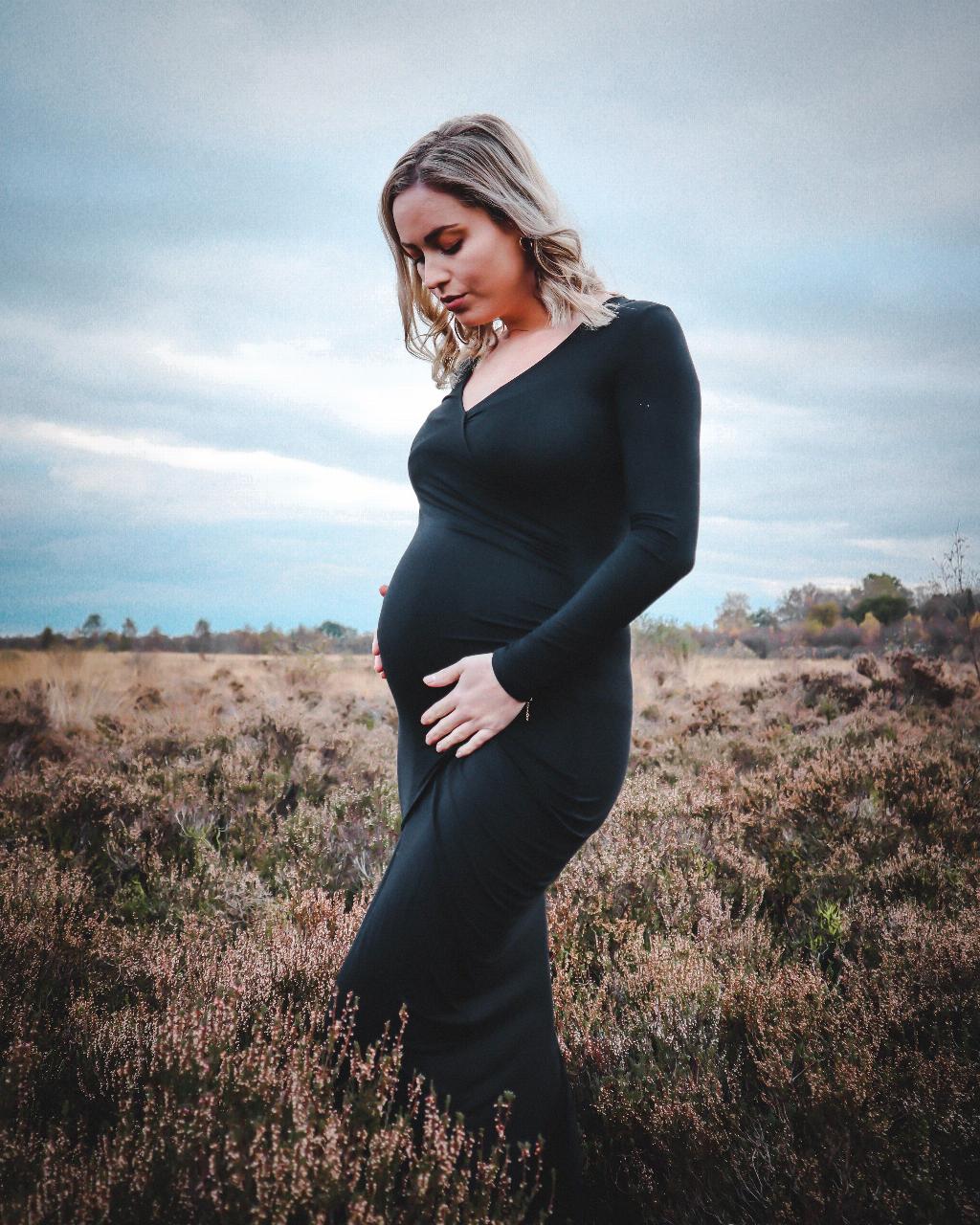When you discover the exciting news that you are expecting a little one, it’s natural for various questions and concerns to arise regarding your health and well-being. Among these considerations, you may find yourself wondering about the effects of your belly button ring during pregnancy. With the changes that your body goes through during this special time, it’s important to understand the implications of keeping or removing your belly button piercing while pregnant.
First and foremost, it’s crucial to note that every pregnancy is unique, and what works for one person may not necessarily apply to another. When it comes to belly button piercings during pregnancy, the general consensus among healthcare professionals is that if your piercing is fully healed and not causing any issues, there is typically no need to remove it. However, there are certain factors to consider that may influence your decision.
One key consideration is the stage of your pregnancy. As mentioned in the facts above, it is recommended to remove nipple and genital piercings in the third trimester due to potential complications during breastfeeding and birth. While the belly button piercing may not pose the same level of concern, some women may choose to remove it later in the pregnancy to avoid any discomfort or complications as their belly grows.
During the early stages of pregnancy, when your belly might not be noticeably different, keeping your belly button ring in place may not be an issue. However, as your pregnancy progresses and your belly expands, you may find that the piercing starts to feel tight or uncomfortable. In such cases, it’s advisable to listen to your body and consider removing the ring to prevent any potential irritation or injury.
Another factor to take into account is the type of belly button ring you have. Some materials may be more prone to causing skin irritation or allergic reactions, especially as hormonal changes can make your skin more sensitive during pregnancy. If you experience any signs of redness, swelling, or itching around the piercing site, it may be a good idea to remove the ring and consult with your healthcare provider.
Furthermore, as your body undergoes hormonal changes and increased blood flow during pregnancy, you may notice that your skin becomes more prone to stretching and changes in texture. This can also impact how your belly button piercing feels and how it interacts with your skin. Keeping the area clean and dry, as well as opting for loose-fitting clothing to reduce friction, can help alleviate any discomfort related to the piercing.
If you choose to keep your belly button ring in during pregnancy, it’s essential to maintain proper hygiene practices to prevent infections or complications. Regularly cleaning the piercing with a mild saline solution and avoiding harsh chemicals or products that may irritate the skin can help ensure the area remains healthy throughout your pregnancy.
Ultimately, the decision of when to take your belly button ring out when pregnant is a personal one that depends on your comfort level, individual circumstances, and any advice or recommendations from your healthcare provider. While there are general guidelines to consider, it’s important to prioritize your own well-being and listen to your body’s cues during this special time.
In conclusion, if you are unsure about whether to remove your belly button ring during pregnancy, it’s best to consult with your healthcare provider for personalized guidance and support. By staying informed, communicating any concerns or discomfort you may experience, and prioritizing your health and safety, you can make an informed decision that aligns with your needs and preferences throughout your pregnancy journey.

